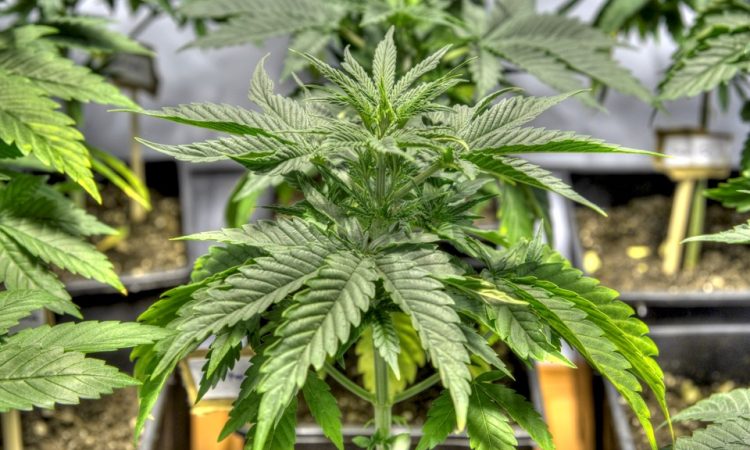Medical cannabis legalization has swept across 29 states thus far, with nine states having legalized the plant for recreational use. As the demand creeps up (not to mention the number of cannabis consumers,) production levels are skyrocketing. When any industry experiences colossal growth, like the cannabis industry is currently experiencing, the environmental impacts must be considered.
The Environmental Pitfalls of Cannabis Production
Wait a second, there are pitfalls, you ask? Well, there could be if proper farming practices are not carried out.
Cannabis plants are incredibly thirsty and so, this may pose a risk for wildlife, not to mention mankind, if their water sources are targeted. Inside artificial indoor growing facilities, huge amounts of electricity is required to power the lights, ventilation systems, climate-control equipment and dehumidifiers. Regions relying on fossil fuels like coal, as opposed to solar energy, could also negatively impact the environment by emitting harmful emissions into the atmosphere.
The Environmental Perks of Cultivating Cannabis
Although there is a certain level of concern associated with Cannabis production, the benefits tend to outweigh the downsides. If grown inside a facility that uses low-energy equipment, the aforementioned problems can be avoided. Now, let’s focus on growing cannabis outdoors.
Just last year, PharmaCielo Ltd.funded a study conducted by the Global Footprint Network, revealing how Cannabis “can be grown outdoors safely and securely as has been proven in Washington state.” Described as an “ecologically sustainable approach,” outdoor Cannabis cultivation does not necessitate high-energy lighting. As a result, growers who adopt this technique can reduce their carbon footprint.
Plants that yield outdoors can grow without air regulation, which could essentially make the plant stems stronger, support plant growth and act as a defense against pesky insects and fungi. The Cannabis plant’s natural life cycle is supported by natural sunlight – something that has been related to higher concentrations of terpenes and cannabinoids.
Add to this the fact that outdoor-grown Cannabis can preserve natural soil content and sustain the natural ecosystem, and there really is no reason not to adopt organic farming techniques.
The Key to Growing Eco-Friendly Buds
Since Canada is poised for countrywide recreational cannabis legalization by this summer, farmers ought to be especially environmentally-conscious of their growing techniques. The same applies to anyone in the agricultural space. From brewing compost tea to growing companion plants that will deter nuisance bugs, there are myriad ways in which Cannabis can be cultivated for positive environmental impact.
Customizing a plant-feeding regimen, practicing integrated pest management (IMP) and utilizing predators to supersede harmful pesticides are some valuable tips for cultivating eco-friendly Cannabis. Proper sanitation is integral for successful organic plant management, which can be accomplished with minimal water usage if mulch is used. Clean, fresh air (if it’s not sourced from Mother Nature herself) should be filtered to banish pathogens and insects from affecting plant quality.












